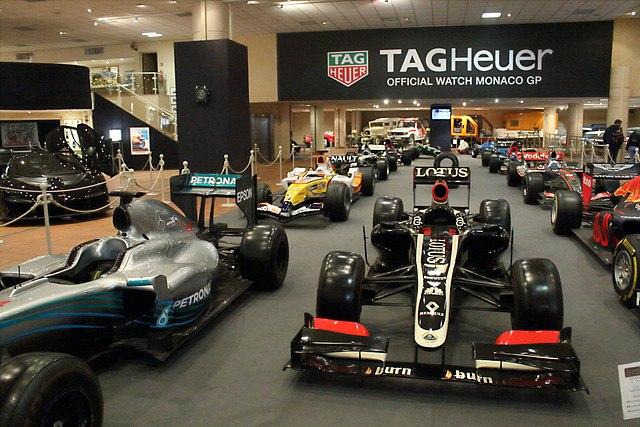Formula One is one of the fastest growing U.S. sports, as its popularity in the country has exploded in recent years. In 2022, F1 viewership in the U.S. reached over one million viewers for the first time ever.
This growth is expected to continue, as the main catalyst of the growth seems to be the sport’s return to ESPN and ABC in 2018. Ever since that return, growth has been exponential. After signing a new contract with ESPN that lasts through 2025, it seems as though F1 isn’t leaving the U.S. spotlight anytime soon.
Given this, it’s helpful to have an understanding of what exactly F1 is – especially for those interested in watching.
F1 features some of the most exhilarating racing in the world. This is possible due to the unique speed and capabilities of the single-seated open-cabin F1 cars. These cars race at multiple flashy venues around the world, attracting massive and diverse audiences from various backgrounds.
F1 cars are restricted to a very intricate set of rules and regulations surrounding their construction and maintenance, allowing a level and extremely competitive playing field. In racing, every miniscule part and fraction of a second of time is often the difference between winning and losing.
In F1 competitions, one must participate as a member of a team rather than as an individual. There are 10 teams currently enrolled in the upcoming 2023 F1 season. The max number of teams stands at 13, with each team being allowed two vehicles to enter into the races.
Teams require hundreds of employees to function correctly. From the engineering of the car, to the maintenance of the car, to the original design of the car, a plethora of employees are required to maximize a team’s chances at winning a F1 race.
Some teams currently enrolled to compete in 2023 include Mercedes with Lewis Hamilton and George Russell, Red Bull Racing with Max Verstappen and Sergio Perez and Ferrari with Charles Leclerc and Carlos Sainz.
A F1 circuit, or the actual track upon which these teams compete, is a looped road that must be approved as fit for racing. Races usually last around two hours or the length of your average NBA basketball game, and they stretch roughly 190 miles on average.
In the upcoming 2023 F1 season, there will be 23 Grand Prix races across 23 different venues across the globe.
Winners of the 2023 season will be decided as such; the winner of the World Drivers’ Championship will be awarded based on the number of points a singular driver has been awarded in that season, whereas the Constructors’ Championship will be awarded to the team with the most points awarded between their two drivers in that season.
The 2023 season is already well underway, with three of the 23 races having been completed in Bahrain, Saudi Arabia and Australia.
The next race of the 2023 season, round four, will occur on April 28 through April 30 in Azerbaijan.







